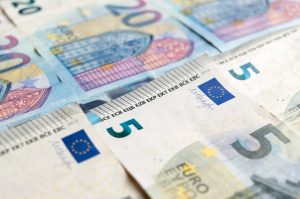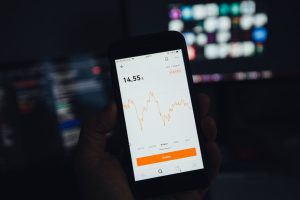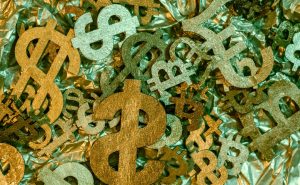Forex trading is an exciting and lucrative business. It involves buying and selling currencies in order to make a profit. However, as with any business, forex traders must pay taxes on their profits. In this article, we will explain how forex taxes are done.
Forex trading is considered a business activity, and as such, forex traders are required to pay taxes on their profits. The taxes are usually paid to the government where the trader is located. In the United States, for example, forex traders pay taxes to the Internal Revenue Service (IRS).
Forex taxes are different from other types of taxes, such as income tax or sales tax. Forex traders are required to pay capital gains tax on their profits. Capital gains tax is a tax on the profit made from the sale of an asset. In the case of forex trading, the asset is a currency pair.
The amount of capital gains tax that a forex trader pays depends on several factors, including the amount of profit made, the length of time that the currency pair was held, and the tax laws in the trader’s country. In the United States, for example, the capital gains tax rate ranges from 0% to 20%, depending on the amount of profit made and the trader’s income level.
To calculate the capital gains tax owed on forex trading profits, traders must first determine their net profit. This is calculated by subtracting the cost of the trade from the proceeds of the trade. The cost of the trade includes any commissions, fees, or other expenses associated with the trade.
Once the net profit has been determined, traders must then determine the length of time that the currency pair was held. If the currency pair was held for less than a year, the profit is considered short-term capital gains and is taxed at the trader’s ordinary income tax rate. If the currency pair was held for more than a year, the profit is considered long-term capital gains and is taxed at the capital gains tax rate.
Forex traders must keep accurate records of all of their trades in order to properly calculate their capital gains tax. This includes keeping track of the date of the trade, the currency pair that was traded, the price at which the trade was executed, the cost of the trade, and the proceeds of the trade.
In addition to capital gains tax, forex traders may also be required to pay other taxes, such as self-employment tax. Self-employment tax is a tax on the income earned from self-employment activities, such as forex trading. In the United States, self-employment tax is currently 15.3% of net earnings.
Forex traders who operate as a business may also be eligible for tax deductions. These deductions may include expenses such as office rent, equipment, and internet and phone bills. Traders should consult with a tax professional in order to determine which deductions they are eligible for.
In conclusion, forex traders are required to pay taxes on their profits. The taxes are usually paid to the government where the trader is located. Forex taxes are different from other types of taxes, such as income tax or sales tax. Forex traders are required to pay capital gains tax on their profits. The amount of capital gains tax that a forex trader pays depends on several factors, including the amount of profit made, the length of time that the currency pair was held, and the tax laws in the trader’s country. Forex traders must keep accurate records of all of their trades in order to properly calculate their capital gains tax. They may also be required to pay other taxes, such as self-employment tax, and may be eligible for tax deductions. Traders should consult with a tax professional in order to ensure that they are properly reporting and paying their taxes.






